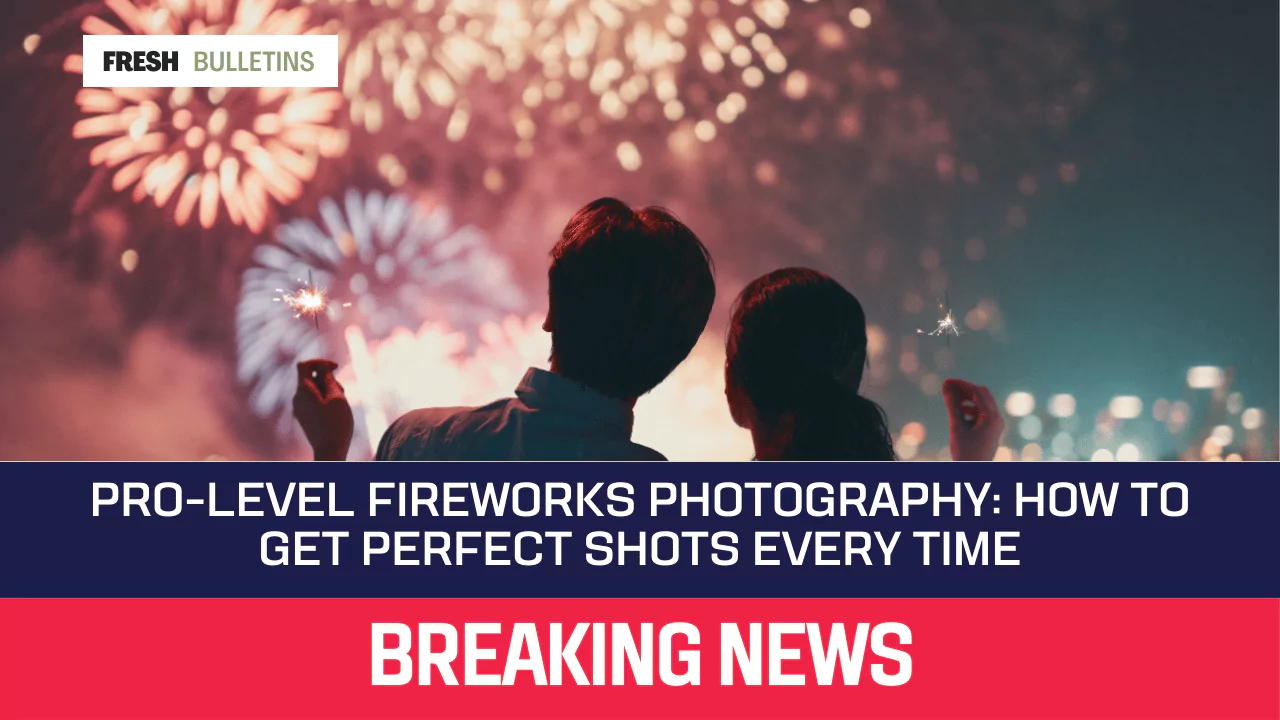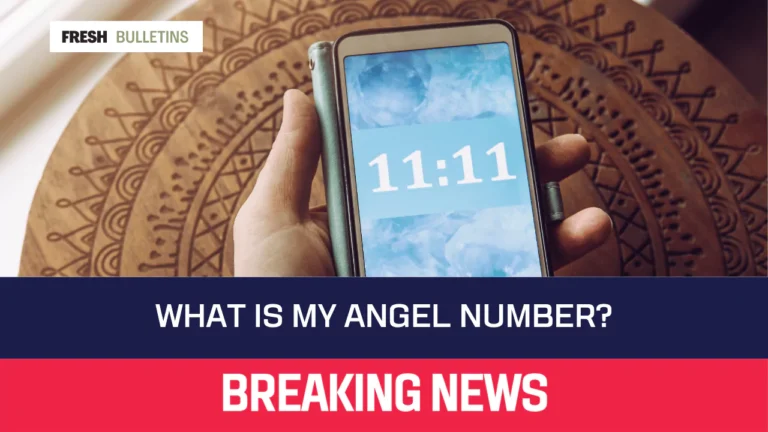Pro-Level Fireworks Photography: How to Get Perfect Shots Every Time
Capturing stunning fireworks photographs requires a combination of technical skill, preparation, and creativity. To achieve perfect shots every time, photographers must master camera settings, choose the right equipment, and develop an eye for composition. This article provides a comprehensive guide to elevating your fireworks photography to a professional level, covering essential techniques from planning to execution.
Fireworks photography presents unique challenges due to the dynamic nature of the subject, low-light conditions, and the need for precise timing. By following the methods outlined in this guide, you’ll be equipped to capture breathtaking images that showcase the beauty and energy of fireworks displays.
Planning and Preparation
Choosing the Right Camera Gear
Selecting appropriate equipment is crucial for successful fireworks photography. A DSLR or mirrorless camera with manual controls offers the flexibility needed to adjust settings for optimal results. Wide-angle lenses (14-35mm) work well for capturing expansive displays, while medium telephoto lenses (70-200mm) allow for tighter framing of individual bursts.
A sturdy tripod is essential for maintaining stability during long exposures. Look for a model with adjustable legs and a ball head for easy positioning. Consider bringing a flashlight to help with camera adjustments in the dark.
Scouting Your Location Beforehand
Visiting the fireworks site in advance allows you to identify prime shooting locations and potential compositions. Look for vantage points that offer unobstructed views of the sky and interesting foreground elements to add depth to your images.
Consider factors such as wind direction, which can affect smoke dispersion, and the position of the moon or other light sources that might impact your exposure. Research the specific details of the fireworks show, including start time, duration, and launch locations, to plan your setup accordingly.
Using a Remote Trigger
A remote shutter release or intervalometer gives you precise control over your camera without introducing shaking from pressing the shutter button. This tool is particularly valuable for bulb mode exposures and reduces the risk of camera movement during long exposures.
Wireless remote triggers offer additional flexibility, allowing you to position yourself away from the camera while maintaining full control. Some advanced models even include built-in intervalometers for capturing multiple exposures automatically.
Camera Settings for Fireworks
Setting Up Your Shot
Begin by mounting your camera securely on the tripod and framing your composition. If possible, include interesting foreground elements or landmarks to provide context and scale to the fireworks display.
Enable your camera’s long exposure noise reduction feature to minimize digital noise in your images. This setting may increase processing time between shots but can significantly improve image quality, especially for exposures longer than a few seconds.
Adjusting ISO and Aperture
Start with a low ISO setting (100-200) to minimize noise and maintain image quality. Fireworks are bright enough to allow for low ISO values, even in dark conditions.
Choose a small aperture (f/8 to f/16) to increase depth of field and ensure sharp focus throughout the frame. This narrow aperture also helps to control the brightness of the fireworks bursts, preventing overexposure of the highlights.
Utilizing Special Features
Set your focus mode to manual and pre-focus on the area where the fireworks will appear. This prevents the camera from hunting for focus during the exposure. If your lens has image stabilization, turn it off when shooting from a tripod to avoid potential image softness.
Experiment with your camera’s built-in multiple exposure or live composite modes if available. These features can create stunning effects by combining several bursts into a single frame without the need for post-processing.
Tips for Capturing the Perfect Shot
Letting Your Camera Acclimatize
Allow your camera and lens to adjust to the ambient temperature before shooting to prevent condensation on the lens or sensor. This is particularly important in humid environments or when moving from air-conditioned spaces to outdoor locations.
Consider using a lens hood to protect against stray light and potential moisture accumulation on the front element of your lens. A microfiber cloth can be handy for quickly wiping away any condensation that does form.
Getting Creative with Composition
Experiment with different framing techniques to create visually striking images. Try incorporating reflections in water or glass surfaces to add symmetry and depth to your shots. Use the rule of thirds to place key elements of the fireworks display at intersecting points for a balanced composition.
Consider including silhouettes of spectators or landmarks in the foreground to provide scale and context to the fireworks. This technique can transform a simple fireworks photo into a compelling visual story.
Timing the Shot
Anticipating the moment of burst is key to capturing the full bloom of fireworks. Listen for the sound of the launch and be ready to trigger your exposure as the firework ascends. With practice, you’ll develop a sense of timing that allows you to capture the perfect moment consistently.
For more complex shots, try using bulb mode to control the duration of your exposure manually. This technique allows you to capture multiple bursts in a single frame by opening and closing the shutter at precise moments.
Conclusion
Mastering fireworks photography requires a combination of technical knowledge, preparation, and creative vision. By carefully selecting your equipment, scouting locations in advance, and fine-tuning your camera settings, you’ll be well-prepared to capture stunning images of fireworks displays.
Remember to experiment with different techniques and compositions to develop your unique style. With practice and persistence, you’ll soon be producing professional-quality fireworks photographs that stand out from the crowd.
As you continue to refine your skills, don’t be afraid to push the boundaries of traditional fireworks photography. Try incorporating new elements, experimenting with unconventional perspectives, or blending multiple techniques to create truly unique images.







